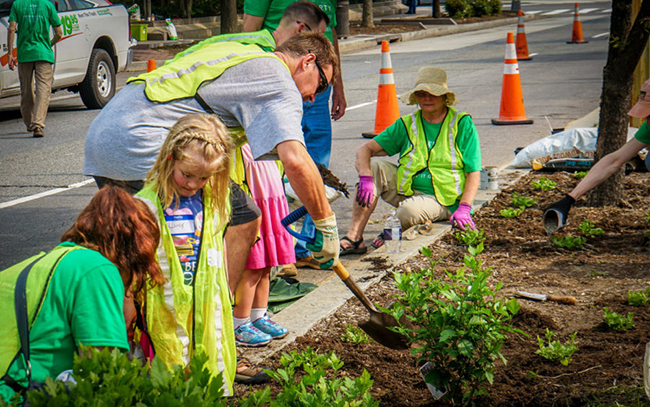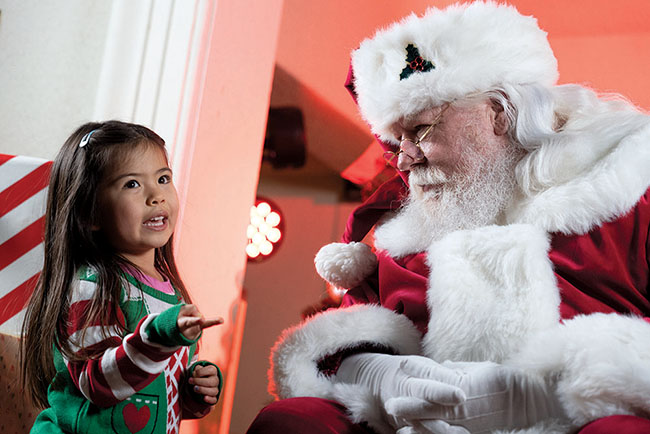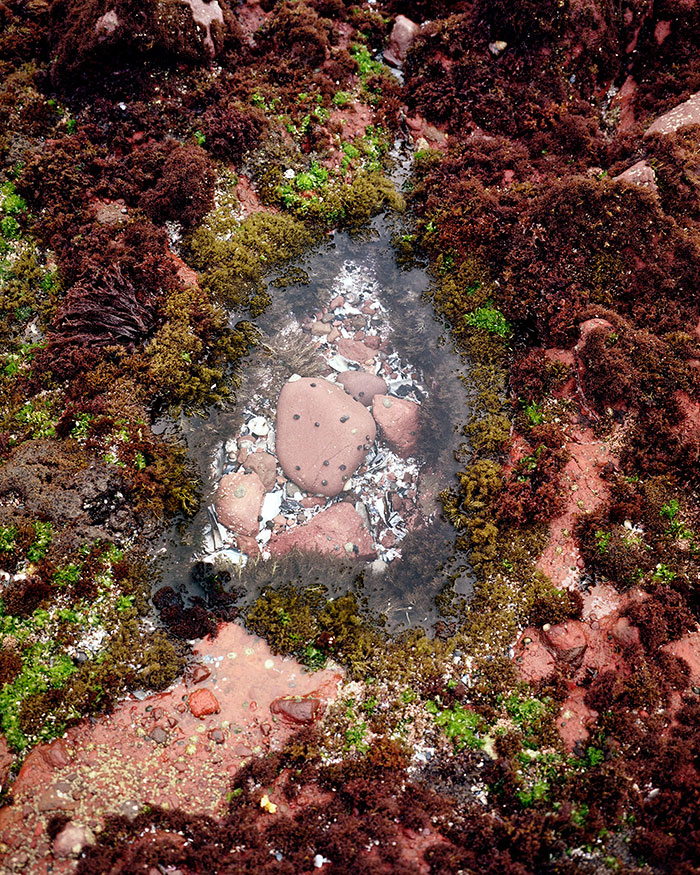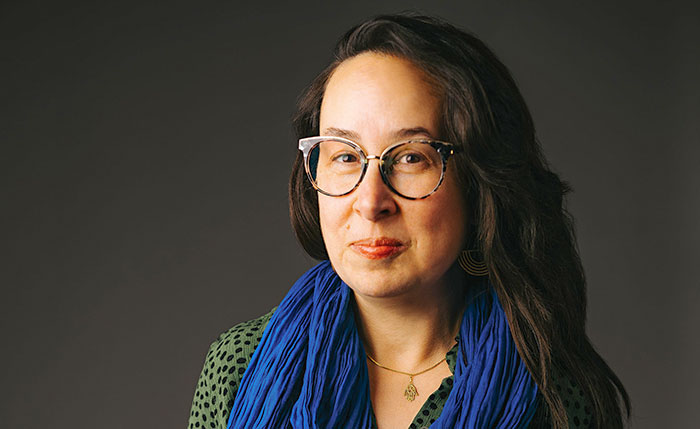Claremont should do more to combat climate change

Community members work on a planting project together. Photo/courtesy of the Science Education Resource Center at Carleton College
by Evaggelos Vallianatos | Special to the Courier
I have been living in Claremont since 2008. I walk and bike all over this beautiful town. I love the variety of architecture I see in houses and other buildings. But above all I love the trees. They are our best defense against our worst enemy ever, climate chaos. Trees temper the rising temperature, giving us oxygen and shaded sidewalks while absorbing some of the carbon dioxide and other Earth warming gases emitted by too many cars and leaf blowers in Claremont. This doesn’t mean that trees alone can fight our worsening climate. No. We must fight, too.
I first came across the politics that fuel climate change in 1989, when I was then working for the U.S. Environmental Protection Agency, which had seconded me to teach at Humboldt State University. On October 10, 1989, at the end of my assignment, I wrote an article for the Chicago Tribune with the headline, “Lower the earth threatening heat,” in which I criticized the petroleum companies for causing climate change. Officials from the EPA didn’t like my article and tried to fire me. Fortunately, the EPA administrator intervened, and nothing happened. But this incident was a warning about the influence of fossil fuel companies on our government.
The effects of climate change in Claremont, as well as in the rest of the country, are bad: rising temperatures, heat waves, and the discomfort of knowing how little Claremont is doing to mitigate the local consequences of rising temperatures.
After purchasing my Claremont home, I put solar panels on my roof. My electricity bill virtually disappeared as my panels produced all the electricity I needed. Why are solar panels on so few houses in Claremont? On the city’s large buildings? Those at the Colleges? Churches? Parking lots? This is incomprehensible. Educated people are running these institutions, so, we must assume they are aware of the increasing danger from uncontrolled anthropogenic climate change. A Claremont Colleges professor friend told me the schools prefer their red tile roofs. “Parents and students like our buildings,” the professor said. “And since we compete for students, we don’t want to change the beautiful appearance of our buildings.”
But why does our own city hall remain passive to a threat enveloping Claremont and the planet? I spoke to the City Council, urging the city to put solar panels over the roofs of all its buildings and parking lots. I suggested that a joint climate effort with the Colleges would bring the different institutions closer together for a common purpose: protecting the environment, public health, and becoming a model for the surrounding communities and the state.
The Colleges and public schools in Claremont could also help by restricting private cars. They could purchase electric buses to take care of the transportation needs of students and faculty. It’s simply disheartening to see the daily rivers of cars coming to and from schools. Claremont becomes a parking lot.
I understand that habits don’t change easily. And with concerted efforts by fossil fuel companies, car manufacturers, and with the Republican Party largely denying climate change, many Americans have doubts about fighting our greatest enemy ever: rising temperatures. This manufactured doubt can be resolved with science. The City Council and the Colleges can create a forum for discussion. Scientific evidence of human-caused climate change is overwhelming.
The challenge of climate change will test our democracy and wisdom to leave a less hazardous future to our children. Climate danger — and evidence of its cause — has been accumulating for more than a century. We must act responsibly now.
Evaggelos Vallianatos is a historian, ecopolitical theorist, college professor, and author. He worked for the U.S. Environmental Protection Agency for 27 years and is the author of the forthcoming “Earth on Fire: Brewing Pandemics and Climate Chaos in Our Backyards,” (World Scientific, Spring 2025).










0 Comments